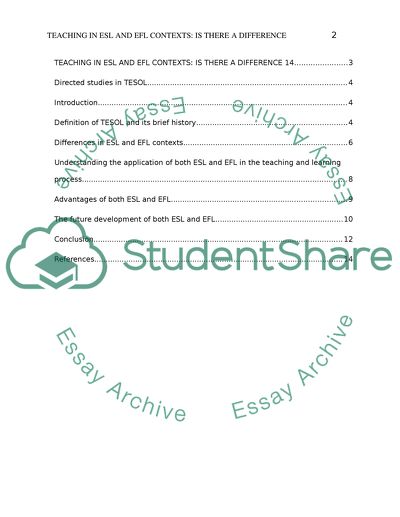Cite this document
(“Teaching in ESL and EFL contexts: Is there a difference Essay”, n.d.)
Retrieved from https://studentshare.org/english/1396089-teaching-in-esl-and-efl-contexts-is-there-a-difference
Retrieved from https://studentshare.org/english/1396089-teaching-in-esl-and-efl-contexts-is-there-a-difference
(Teaching in ESL and EFL Contexts: Is There a Difference Essay)
https://studentshare.org/english/1396089-teaching-in-esl-and-efl-contexts-is-there-a-difference.
https://studentshare.org/english/1396089-teaching-in-esl-and-efl-contexts-is-there-a-difference.
“Teaching in ESL and EFL Contexts: Is There a Difference Essay”, n.d. https://studentshare.org/english/1396089-teaching-in-esl-and-efl-contexts-is-there-a-difference.


